In spring 2015, Digital Promise launched a crowdsourcing campaign to find out how companies use scientific research to design and develop educational technology products. By highlighting examples of research-based product development, we aim to help all stakeholders use scientific and user research to improve student outcomes and better understand learners.
Below you can explore the profiles of 38 education technology developers who shared examples of how they use research to inform product design.
We salute your efforts to create research-based products, and hope others will be inspired to follow suit.
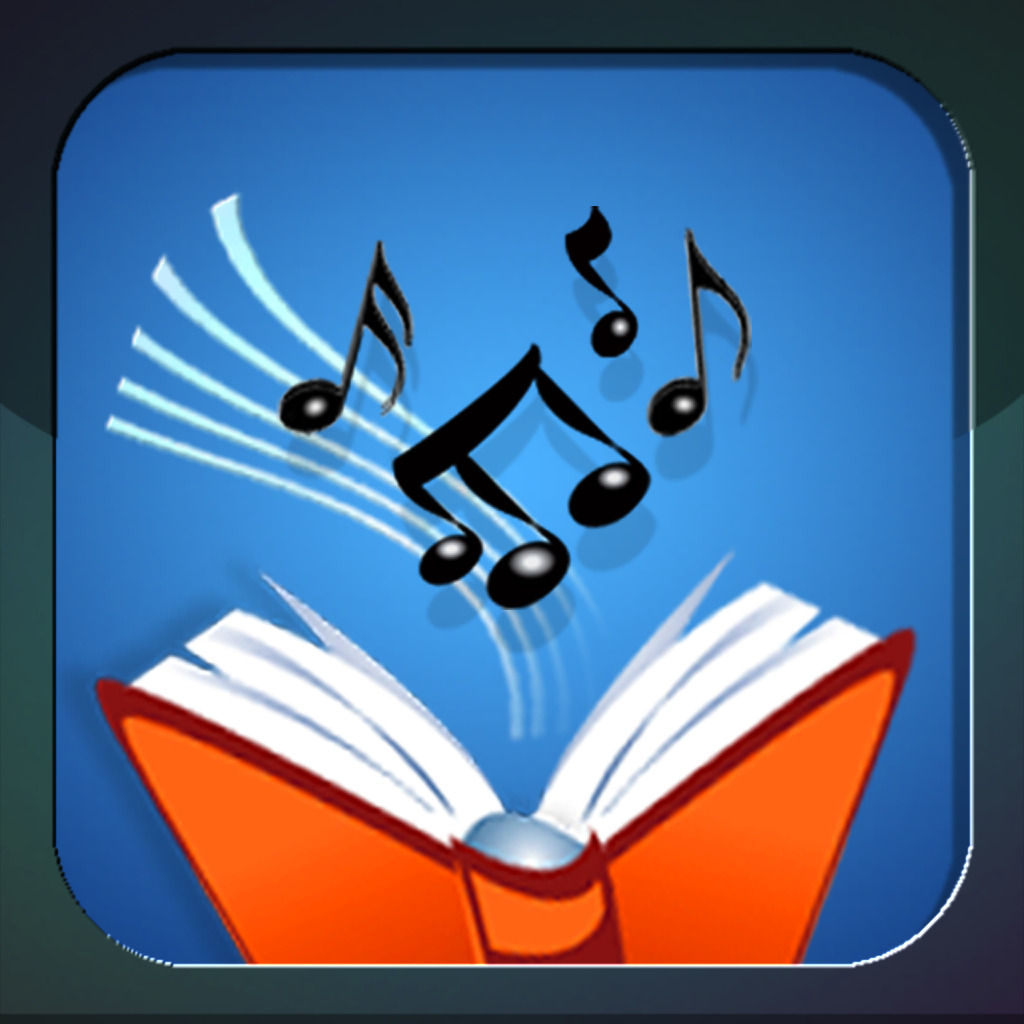
Atmosphere allows users to create playlists of audio for digital text. Users can drop the audio (i.e., music, sound effects, voice memos) into digital text and then share playlists with other users.
Research they used to develop this product:
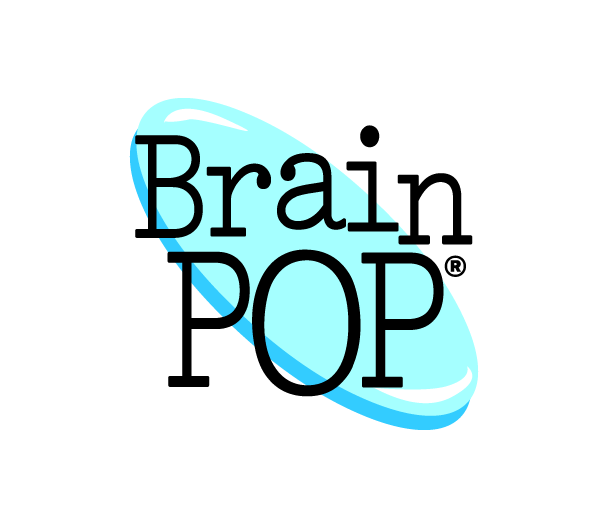
BrainPOP creates digital educational resources including animated movies, interactive quizzes, learning games, and activities.
Research they used to develop this product:
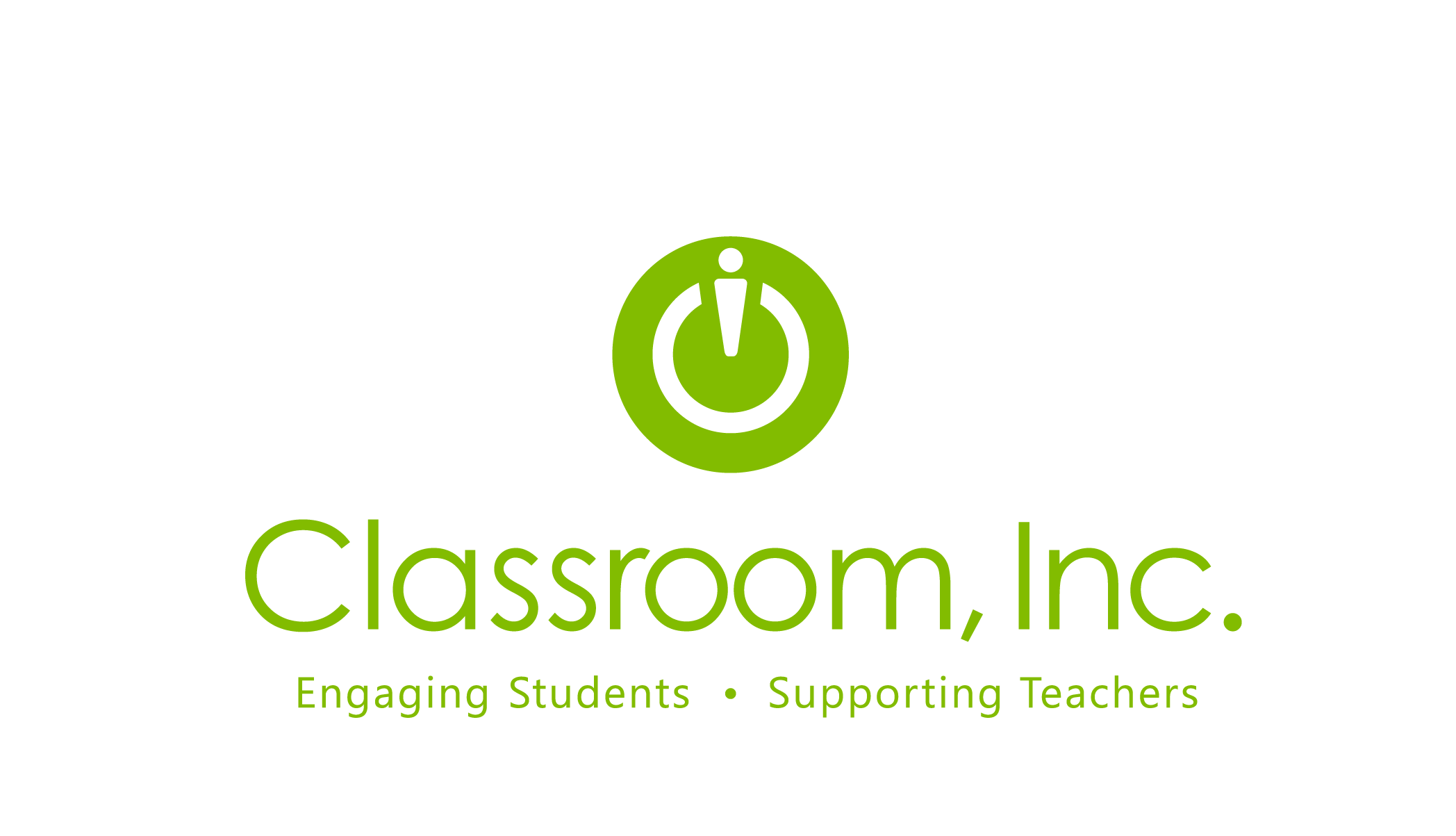 Classroom, Inc.
Classroom, Inc.Classroom, Inc. makes immersive game-based literacy programs set in the professional world, with wrap-around project-based activities designed to middle school Common Core State Standards in reading and writing.
Research they used to develop this product:
 i-Ready by Curriculum Associates
i-Ready by Curriculum AssociatesBuilt for the Common Core, i-Ready Diagnostic & Instruction combines a valid and reliable adaptive diagnostic with personalized student online instruction and teacher-led instruction.
Research they used to develop this product:
 Edmentum
EdmentumEdmentum provides online courses, assessments, and data analytics tools that enable educators and administrators to deliver achievement in the classroom, blending individual teaching approaches with online learning programs that address the needs of individual learners.
Research they used to develop this product:
 GlassLab Games
GlassLab GamesGlassLab Games develops next generation learning games to support acquisition of critical 21st century skills.
Research they used to develop this product:
 Ideaphora
IdeaphoraIdeaphora is a browser-based knowledge mapping tool that integrates with online content and enables students to take notes and organize material, connect ideas, analyze information, and apply their knowledge.
Research they used to develop this product:
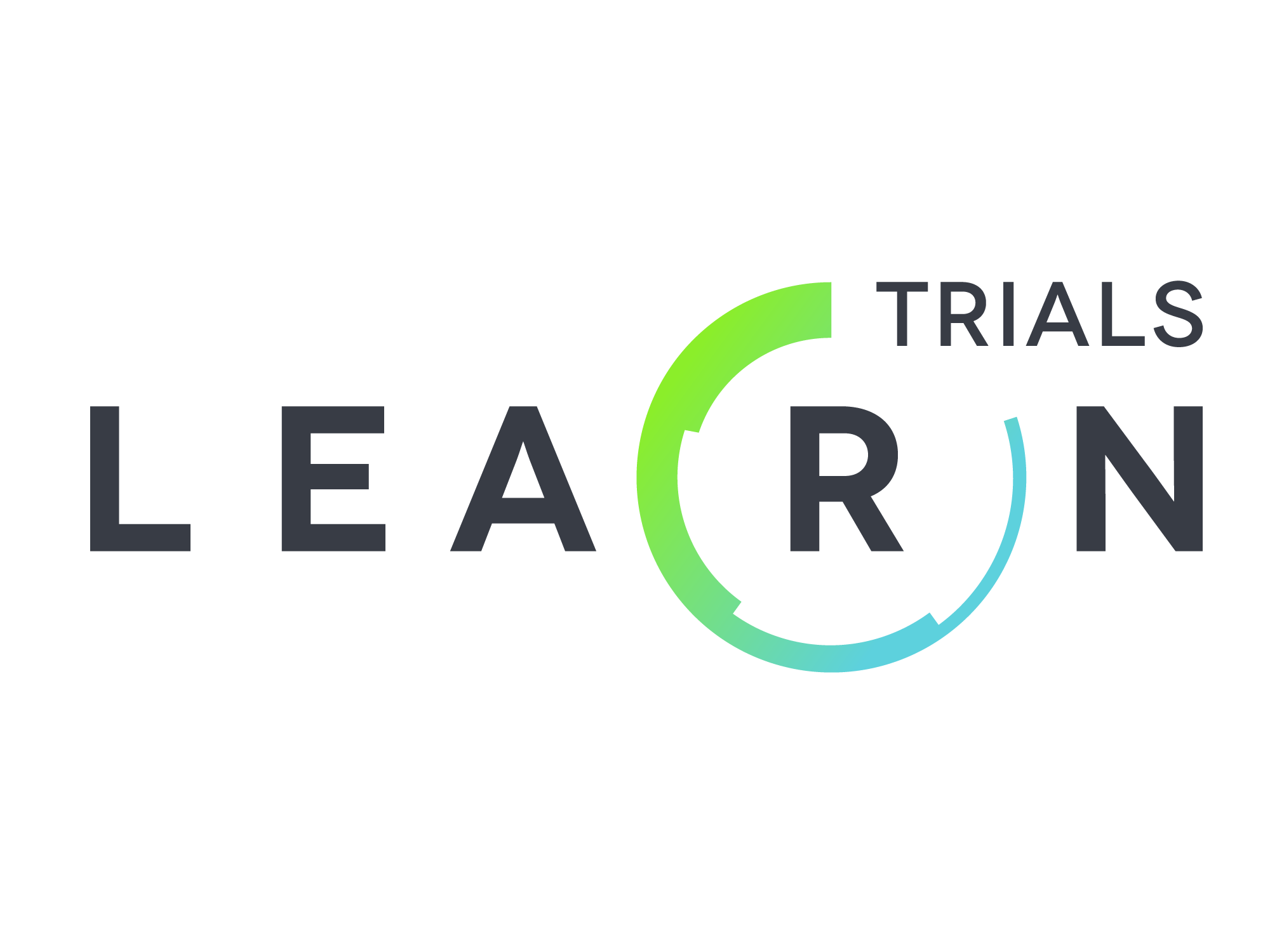 LearnTrials
LearnTrialsLearnTrials is an online platform that gives educators and their school districts a practical, research-backed method to make better decisions for both their budgets and instruction.
Research they used to develop this product:
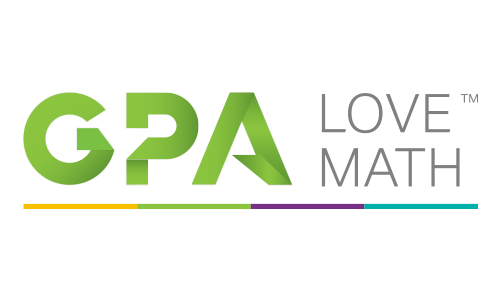 LoveMath™
LoveMath™LoveMath™ is a web-based math application for grades K-5. For each grade, LoveMath™ has 150 lessons with real instruction and over 10,000 practice problems to complement or supplement learning.
Research they used to develop this product:
 I CAN Learn® Pre-Algebra and Algebra
I CAN Learn® Pre-Algebra and AlgebraThe I CAN Learn® Education System is an interactive, self-paced, mastery-based software system that includes the I CAN Learn® Pre-Algebra and the I CAN Learn® Algebra curriculum.
Research they used to develop this product:
 Kidaptive
KidaptiveThe Leo’s Pad Enrichment Program for Preschoolers by Kidaptive is an adaptive-learning series in which preschoolers join a young Leonardo da Vinci and his friends on big adventures filled with exciting games woven into the stories.
Research they used to develop this product:
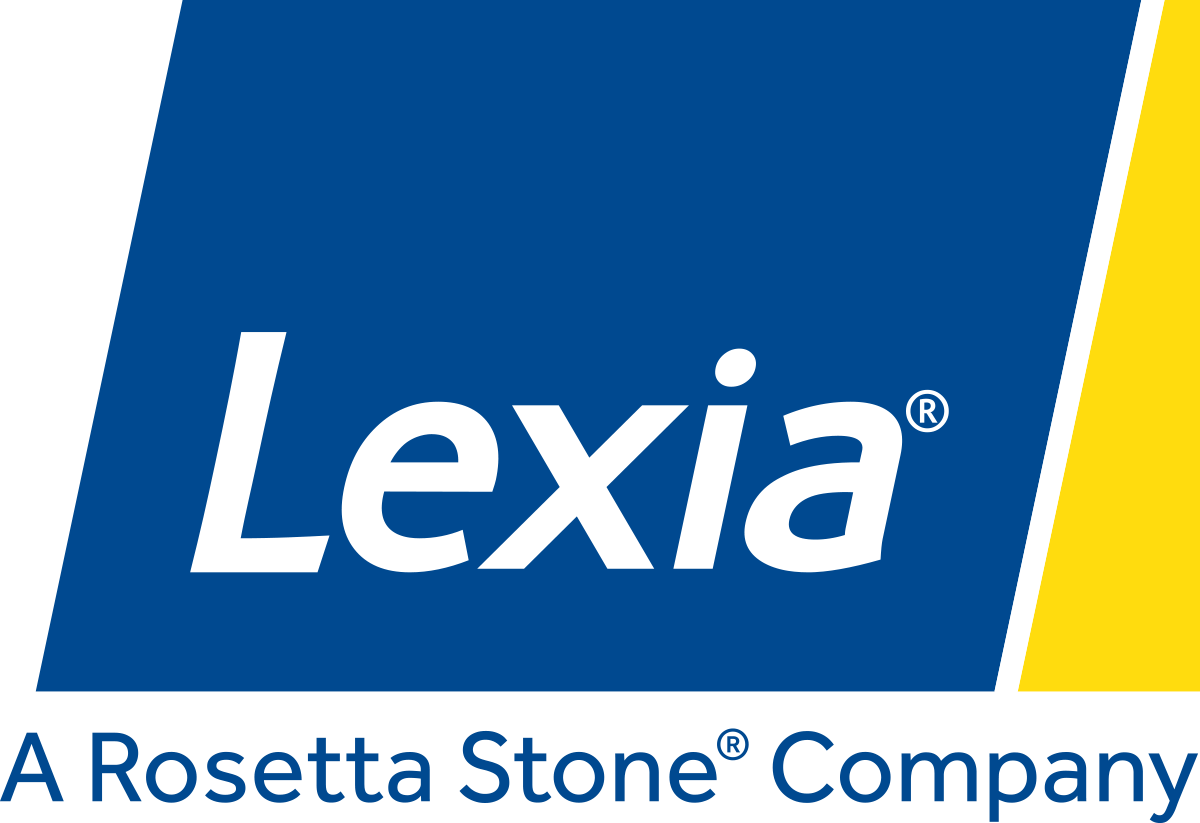 Lexia Learning
Lexia LearningLexia Learning, a Rosetta Stone® Company, provides explicit, systematic, personalized learning on fundamental literacy skills for students of all abilities.
Research they used to develop this product:
 Literably
LiterablyLiterably is a classroom tool that scores oral reading assessments for schools.
Research they used to develop this product:
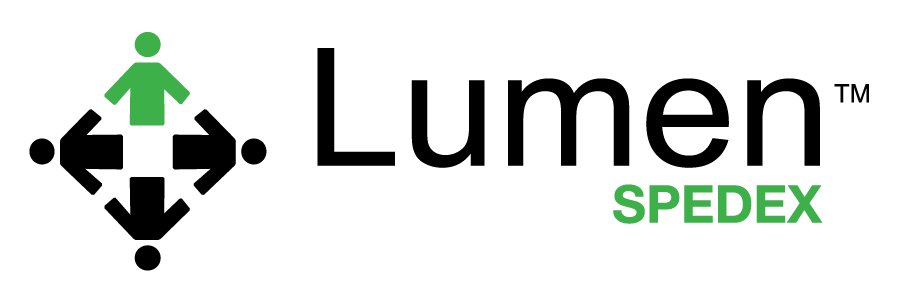 SPEDEX from Lumen Touch
SPEDEX from Lumen TouchSPEDEX is a special education management system that is aligned with state standards and Common Core. It is designed to address the complexities and changing dynamics of special education.
Research they used to develop this product:
 Mindprint Learning
Mindprint LearningMindprint Learning provides a cognitive assessment developed for children that can be administered online. Results are presented in a learning profile of strengths and weaknesses along with recommendations of learning strategies and supports.
Research they used to develop this product:
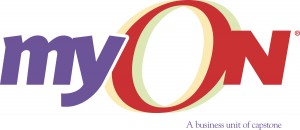 MyON
MyONMyON is a personalized digital literacy platform that encourages reading skill growth with digital books. It provides unlimited access to more than 8,000 enhanced digital books with multimedia supports, real-time assessments, and reading tools.
Research they used to develop this product:
 Newsela
NewselaNewsela is a reading service that provides teachers and students with daily news articles at five levels of text complexity so that readers in grades 2-12 can improve their literacy and knowledge of the world around them.
Research they used to develop this product:
 TELL by Pearson
TELL by PearsonTELL (Test of English Language Learning) is a touchscreen-delivered, language proficiency assessment for Grades K–12 that covers all four foundational skills (reading, writing, speaking and listening) and several subskills.
Research they used to develop this product:
 Reading Maturity Metric by Pearson
Reading Maturity Metric by PearsonPearson’s Reading Maturity Metric is a measure of the reading difficulty of texts that employs modern language analysis techniques to measure deep characteristics of language and align any text to the Common Core State Standards.
Research they used to develop this product:
 Pearson Diagnostic Adaptive Testing Approach
Pearson Diagnostic Adaptive Testing ApproachPearson has developed a diagnostic adaptive testing approach that utilizes a psychometric approach involving Diagnostic Classification Models (DCM), which are designed to determine mastery or non-mastery of subject matter in an efficient manner.
Research they used to develop this product:
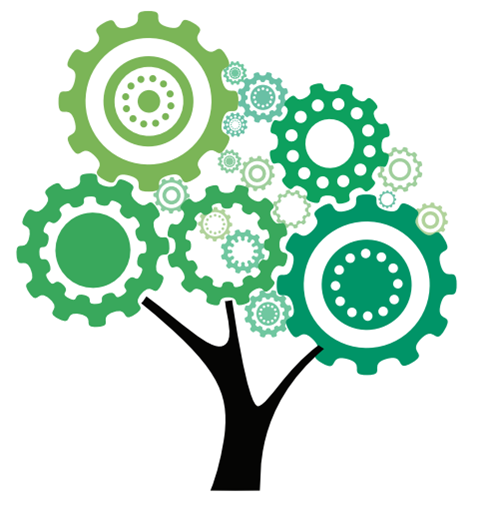 Insight Learning System by Pearson
Insight Learning System by PearsonOur Insight Learning System is currently a research project aimed at integrating digital and non-digital activities via a research-based learning progression.
Research they used to develop this product:
 Item Difficulty Modeling by Pearson
Item Difficulty Modeling by PearsonItem Difficulty Modeling is a suite of analytic services that can be used by Pearson, on behalf of its customers, to improve the efficacy and validity of summative and formative test items.
Research they used to develop this product:
 Pitsco Education
Pitsco EducationPitsco Missions 2.0 are designed to embrace standards and to help connect scientific practices to scientific content and applied math. Our goal is to build STEM thinking within all students by engaging them with the subject matter through structured, guided inquiry of hands-on activities.
Research they used to develop this product:
 Ponder
PonderPonder is a higher-order literacy tool that provides a leveled critical thinking scaffold on any text or video that students can browse.
Research they used to develop this product:
 Reason Racer
Reason RacerReason Racer is an online, rate-based, multiplayer game that applies specific game features in order to engage secondary students in introductory knowledge of and thinking related to scientific argumentation.
Research they used to develop this product:
 Remind
RemindRemind helps teachers connect with students and parents over mobile devices. Teachers can send one-way announcements to their entire class or chat with individual subscribers.
Research they used to develop this product:
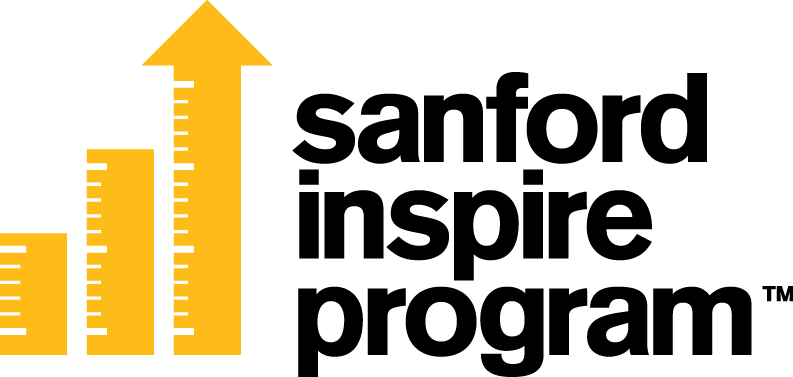 Sanford Inspire Program
Sanford Inspire ProgramThe Sanford Inspire Program at Arizona State University’s Teachers College creates On-Demand Modules, which address the need for free, targeted, relevant professional development for pre-service and in-service teachers.
Research they used to develop this product:
 iRead.com by Houghton Mifflin Harcourt
iRead.com by Houghton Mifflin HarcourtiRead.com is a digital reading program, published by Houghton Mifflin Harcourt, that provides K-2 children with systematic, explicit instruction in foundational reading.
Research they used to develop this product:
 Schoolzilla
SchoolzillaSchoolzilla provides K-12 school districts with a secure, hosted data warehouse and customizable dashboards that bring school data to life.
Research they used to develop this product:
Sibme is a web and mobile video-enhanced professional learning platform designed for teams, schools, institutions, and education-related organizations.
Research they used to develop this product:
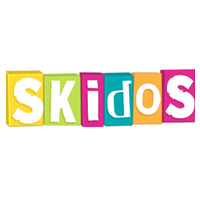 Milk Hunt: Kids Math Game
Milk Hunt: Kids Math GameMilk Hunt: Kids Math Game follows the “Skill and Drill” approach to help kids aged 6-11 years practice mental math in a casual gaming environment they are familiar with.
Research they used to develop this product:
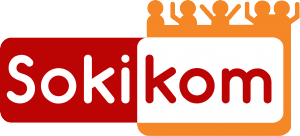 Sokikom
SokikomSokikom is a game-based, social, and adaptive supplemental math program initially developed through funding from the U.S. Department of Education.
Research they used to develop this product:
 Speakaboos
SpeakaboosSpeakaboos is an award-winning education platform that motivates young children from grades PreK-3 to read, read more, and read independently.
Research they used to develop this product:
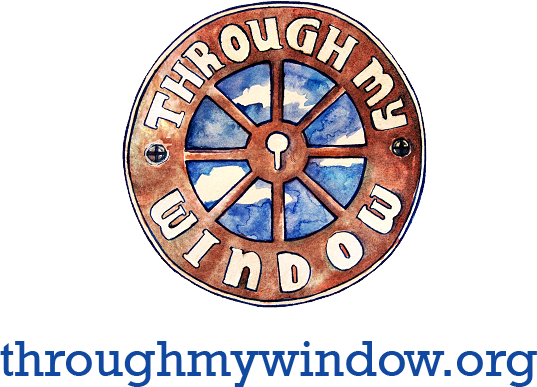 Through My Window
Through My WindowThrough My Window is a multimedia engineering education project for children and young teens (grades 4-8) in formal and informal educational settings.
Research they used to develop this product:
 Tilton’s Algebra
Tilton’s AlgebraTilton’s Algebra is a software simulation of a private algebra tutor working step-by-step with the student, plus a hierarchy of summative exam “missions” to guide a student through the basics of algebra.
Research they used to develop this product:
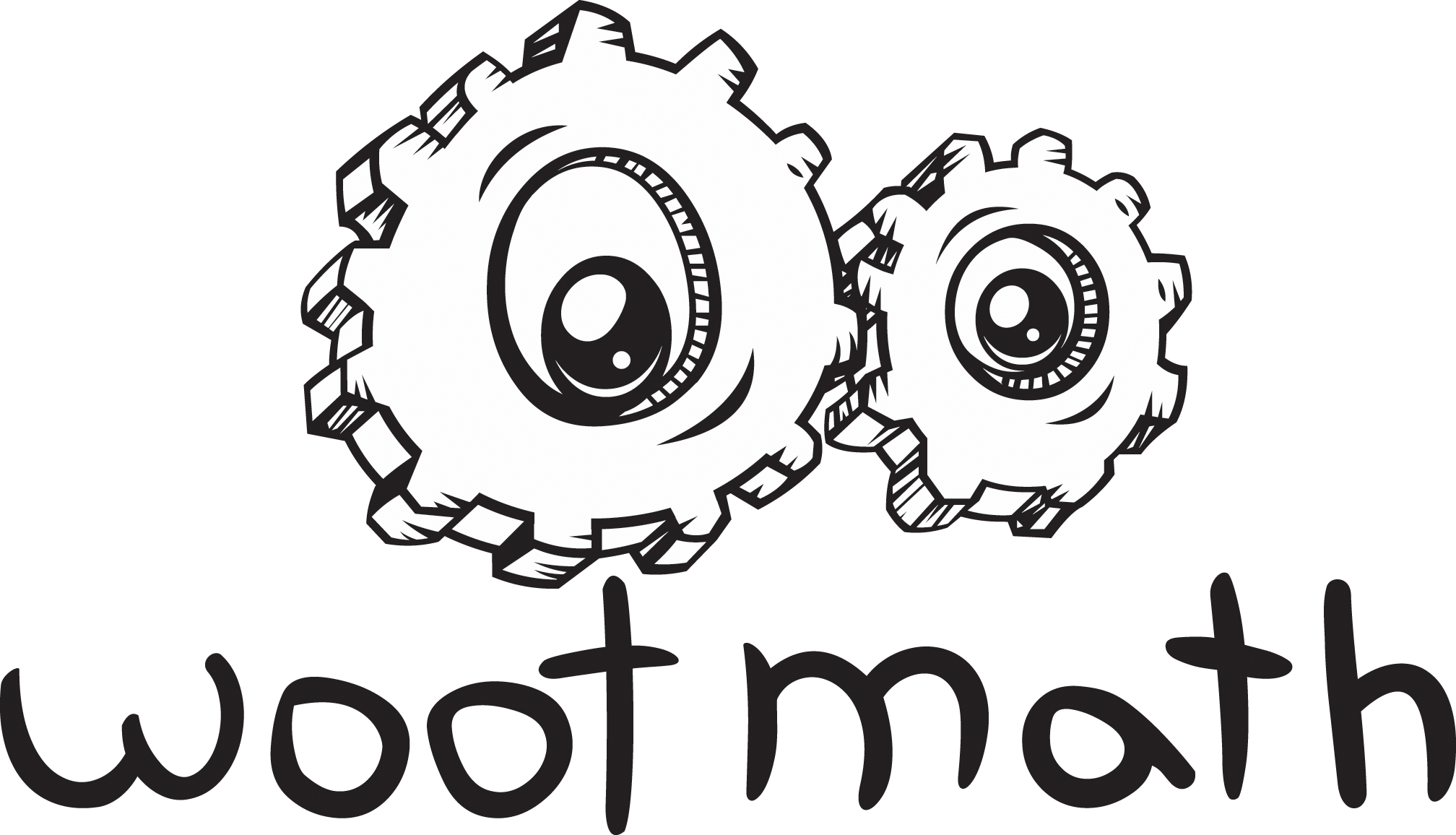 Woot Math
Woot MathWoot Math is an engaging, hands-on (Web/iPad) approach to teaching fractions and related concepts for grades 3-7.
Research they used to develop this product:
 WritetoLearn™
WritetoLearn™WriteToLearn™ is a fully automated online literacy tool for building writing skills and developing reading comprehension in grades 4-12.
Research they used to develop this product:
 Zulama
ZulamaZulama helps students develop programming, art, and design skills. The program combines Science, Technology, Engineering, and Math with the Arts (STEAM) with the goal of giving students the skills and creativity needed to thrive in the workplace.
Research they used to develop this product: